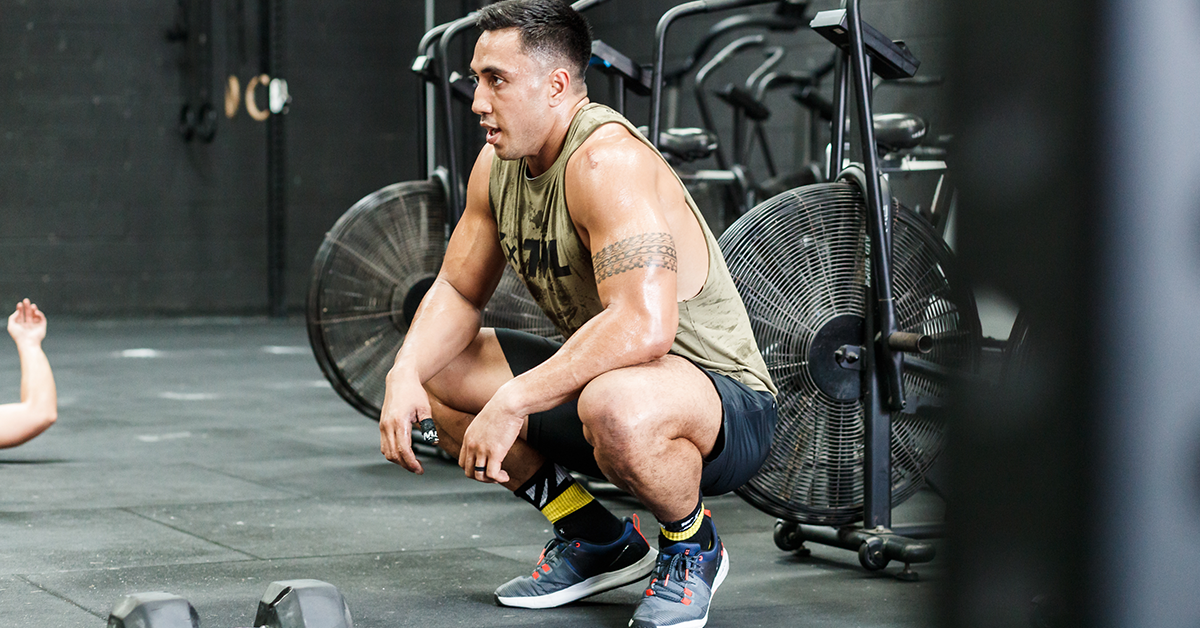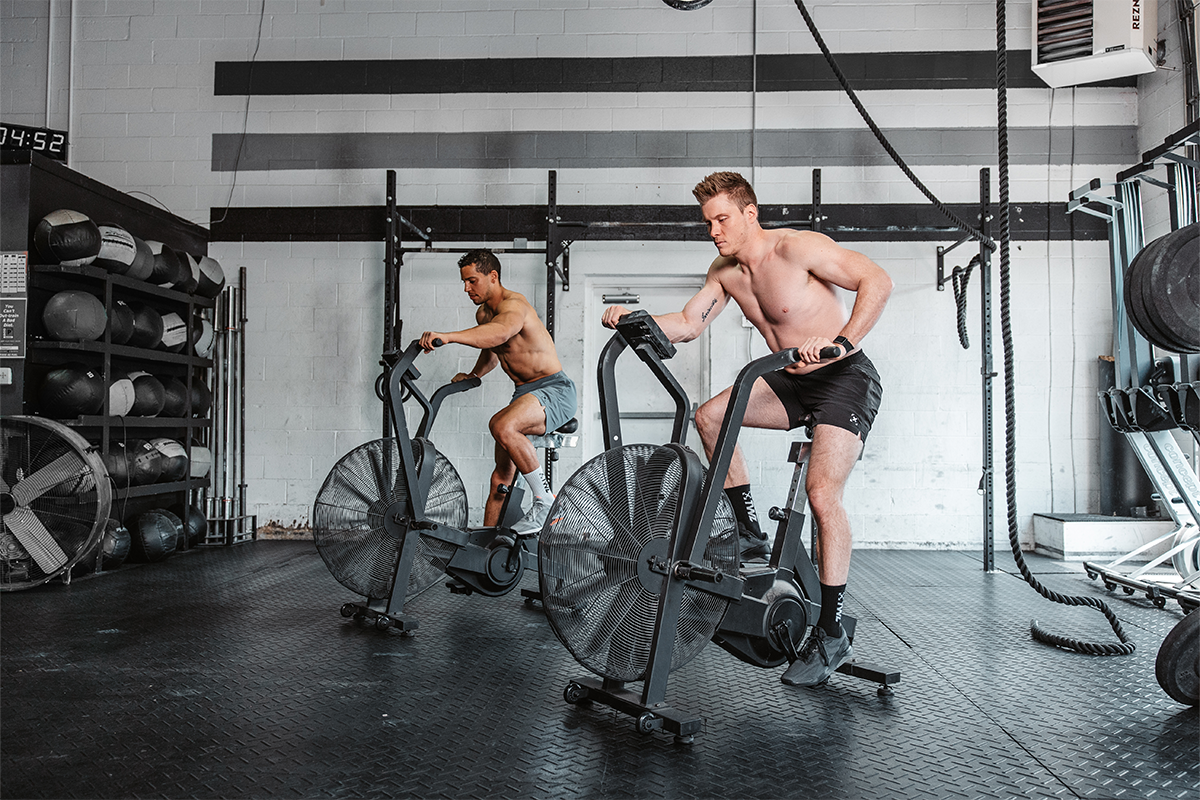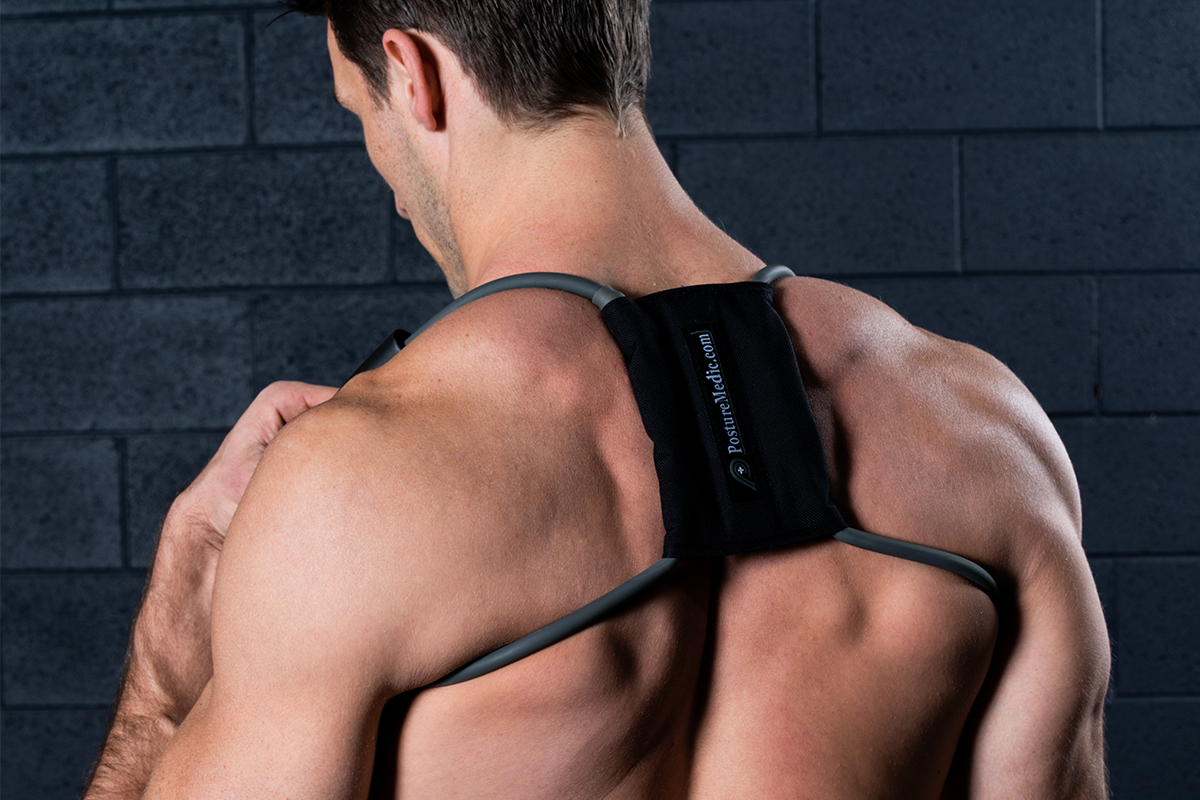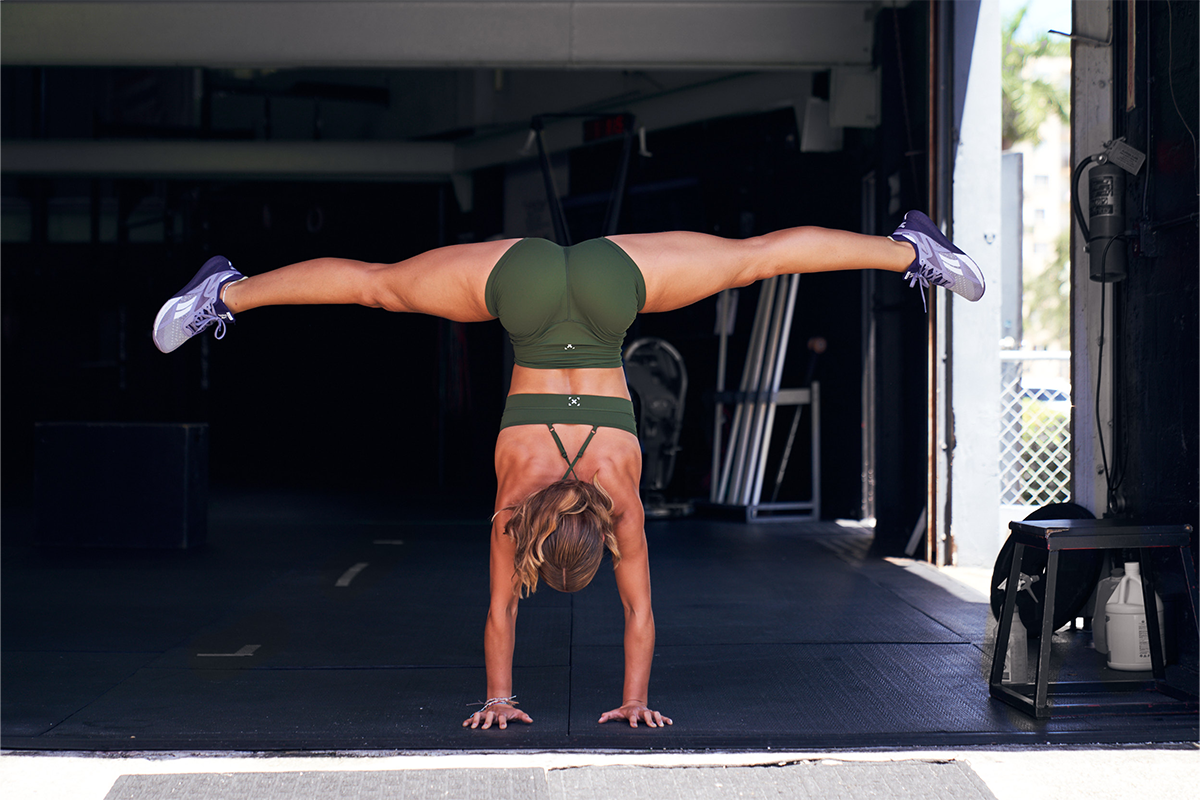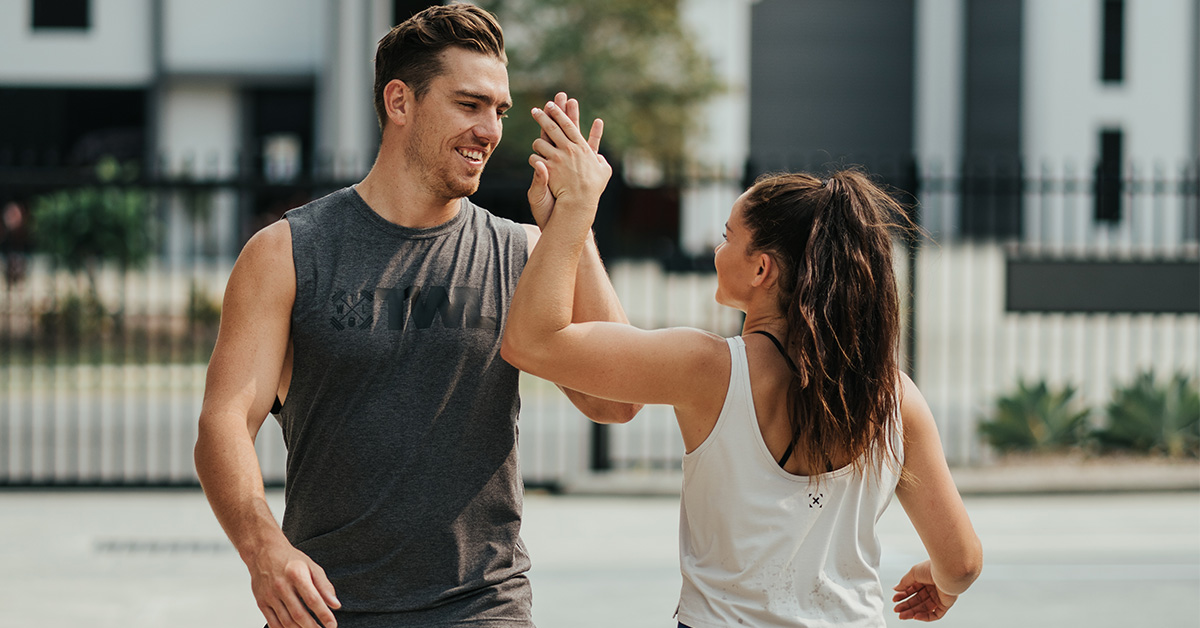When you hit the gym, chances are your ankles are the last thing on your mind … besides maybe your pinky finger. But your stiff ankles might be the Achilles heel of your workouts.
“The ankle is a hinge joint that mainly moves in the sagittal, or up and down, plane of motion,” explains physical therapist Grayson Wickham, D.P.T., C.S.C.S., founder of Movement Vault, a mobility and movement company. That means there are two main possible ankle movements: dorsiflexion and plantarflexion. “Dorsiflexion is like taking your foot off the gas pedal or lifting your toes toward the sky while keeping your heel planted. Plantarflexion is the opposite, pushing on that gas pedal or pointing your toes downward, like a ballerina pointing his/her toes,” he says.
https://www.instagram.com/p/BurgTDPHrE8/
“Lack of dorsiflexion is the most common ankle immobility issue, which compromises squatting, your bottom position when catching a clean or squat, forward and backward lunges, and even walking and running,” he added. The consequence? “When you do not have mobility in the ankle, you will either (1) *not* perform those movements at all or (2) *not* be able to perform those movements well, which results in compromising form, especially in the hips and low back, which can eventually lead to injury,” he explains.
Poor ankle mobility is caused by a general lack of flexibility in the muscles in the calf and back of the lower leg, ankle joint issues (or stiffness) from prior injury or surgery, or frequent use of high heels,” says Wickham. However, poor ankle mobility does not have to be a permanent detriment to your training.
Below are the five best exercises and tips for improving ankle mobility, according to Wickham.
View this post on Instagram
5 Best Exercises To Improve Ankle Mobility
1. Lacrosse Ball Myofascial Work
Athletes have different preferences when they incorporate self-massage into their workout; some foam roll before working out, whereas others, like Wickham, do it after they have gotten a light sweat going. “Myofascial work like lacrosse ball work removes knots and trigger points and can help with lactic acid build-up and stiffness in the body, including of the ankle,” says Wickham.
How to do it: Start by placing the lacrosse ball under your calf, and move the ball around until you find a trigger point. Then, sit and work on that spot, making a few clockwise and counterclockwise circles until it slowly dissipates. After targeting the inside and outside portions of your calves in this way, gently roll the arch of your foot (making sure to avoid the toes or base of your heal).
Shop Now
2. Ankle End-Range Isometric Stretch
End-range isometric stretching is a specific type of stretching that happens when you contract your muscle or squeeze it really hard. “Activating muscles at your end ranges of motion help you perform your best, because it is the most active kind of stretching,” says Wickham. “We are weakest in these end ranges of motions, but activating the muscles in this way helps increases flexibility, primes the nervous system, and strengthens the joint.” This is why Wickham recommends using end-range isometric stretching to increase ankle mobility.
How to do it: Get into a half kneeling position so that one knee is on the ground and the other knee is forward. With that forward leg, let your knee track over the toes as far as possible until you feel the stretch in the ankle. Then, push down with your foot into the ground as hard as you can (which activates the muscles around the ankle) and hold it for 10 seconds. Release. Then, keep your heel planted and try to lift your foot off the ground as if you are trying to lift your foot off a gas pedal (dorsiflexion) and hold for 10 seconds. That is one rep. Do three reps per side in a row. Then, switch sides and repeat.
3. Heel Raises
Heel raises are a simple drill for working the calf muscles and gradually improving ankle mobility.
How to do it: Standing at about hip width, place the toes of your feet on an inclined position (you can use anything from two five-pound plates to a textbook). Then, move into dorsiflexion by bending your knees forward until you feel a slight stretch in the back of your ankles. Hold for two seconds then return to the start. That is one rep. Aim for five sets of 10 controlled reps.
4. Slow and Controlled Air Squats
Perform a basic air squat. If your ankles come off the ground as you do this, it is a sign of poor mobility. “If you are sitting all day, just squatting alone is going to increase your ankle mobility. But you are only going to be able to squat down as far as your ankle mobility allows, so these should be done in conjunction with the other exercises on this list,” says Wickham.
How to do it: Stand with your feet about hip-width apart and your arms by the sides. Brace your abs, and push your hips back while bending your knees to lower your body into a squat. As you do this, try to stay in your heels. While breaking parallel is typically the goal, only descend until you feel your heel is lifting. Pause at the bottom, then push back up to the starting position. That is one rep. Aim for five sets of 10 controlled reps.
5. Banded Ankle Dorsiflexion Mobilization
“This exercise is about getting motion in the joint itself, not necessarily about stretching out the muscle. You are targeting the ligaments and joint,” says Wickham.
How to do it: Loop a heavy-duty resistance band (usually green) to a surface that is not going to move, like a rack. The loop should be about four inches above the ground. Place your foot through the front of the band and face away from the rack so that the resistance band is resting in the front crease of your ankle. Walk away from the rig as far as you can until there is force pulling you backward. Then, bend your knee so that it is tracking over your toes. When your heel starts to rise, pause and hold the stretch for 10 seconds. That is one rep. Do three reps per side in a row. Then, switch sides and repeat.
Shop with TWL today.

